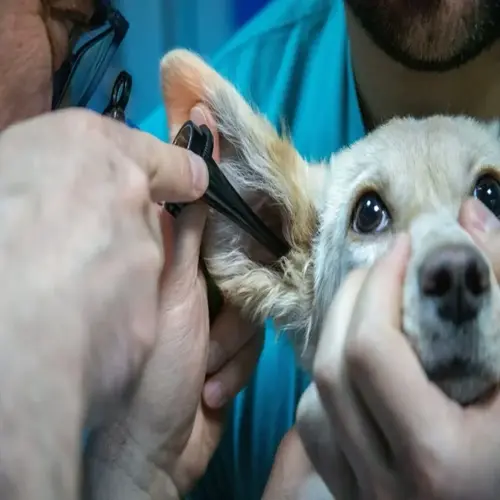What distinguishes H-shaped and Y-shaped harness designs?

Written by
Elin Eriksson
Reviewed by
Prof. Edward Clarke, Ph.D.By separating the designs into H-shaped harnesses and Y-shaped harnesses, owners can recognize how their configurations vary in the way pressure is placed on the torso and shoulders. Y-shaped configurations are designed for dogs that tend to move with great drive, while H-shaped harnesses are intended for those dogs that have a deep chest.
Strap Configuration
- H-shaped: Horizontal chest bar connects shoulder straps
- Y-shaped: Single strap splits into V-neck formation
- H-design creates rectangular frame around torso
- Y-design follows natural shoulder contours
Pressure Distribution
- H-shape centers force on the sternum area
- Y-shape spreads tension across upper chest
- Both prevent throat pressure unlike collars
- H-bars minimize rotation on narrow frames
Movement Accommodation
- Y-shaped allows full shoulder rotation for running
- H-shaped stabilizes deep-chested dogs during walks
- Y-reduces armpit chafing in high-activity dogs
- H-prevents slippage on tapered torsos
Consider your chosen activity levels when selecting from among designs. Running dogs require Y configurations for full shoulder extension. Hiking companions need Y comfort for elevation changes. Leisure walkers with deep chests require H configurations for stability on the neighborhood routes.
Correct adjustment makes either style effective. On H-harnesses, the front bar must be horizontal to the ground. On Y-harnesses, the V-neck must be clear of the shoulder joints. Always check the two-finger test underneath all the harness straps after adjustment.
Choosing materials helps you maximize the benefit of each design. For Y-harnesses, using light-weight nylon will maintain mobility. For H-harnesses on the more powerful breed, selected reinforced leather. In areas with lots of movement, mesh inserts will help provide better breathability.
Seamlessly transition from one activity to another with the appropriate harness. The Y-shape transitions from jogging to hiking without adjustment. The H-shape provides security regardless of walking speed. Coordinate your dog's primary activities with the harness's anatomy to achieve optimal comfort and protection.
Read the full article: Dog Harness Types: Essential Guide

